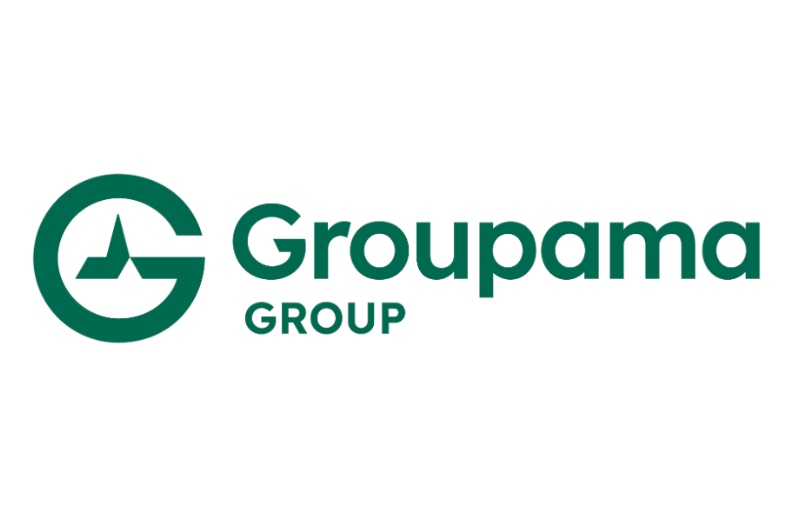
Reinsurance firms divergent attitudes towards underwriting catastrophe risk and retentions in the improving rate environment are once again bringing discipline into focus, a new report from S&P Global Ratings said, which is a timely thought given the results season may see some with outsized, or larger than anticipated market share of recent catastrophe loss events.While S&P Global Ratings believes reinsurance firms are still disciplined, they note a widening divergence when it comes to writing catastrophe risk, with some underwriting far more, while others continue to weight their books to specialty, casualty and other areas of property business.Because of this, “we expect earnings volatility could be higher than historically observed, where exposure has increased,” S&P explained.We’re already beginning to see some of this in the third-quarter catastrophe loss pre-announcements seen so far, with some reinsurers clearly not having shrunk their catastrophe books, as a percentage of overall and some likely to have grown their cat books in the last year to capitalise on rate increases.
Loss events like hurricane Ida and the European floods are going to lay that bare in the third-quarter reporting season, which could lead to some disappointment for shareholders in some cases and may also drive some larger than expected shares of losses to certain third-party capital vehicles, or insurance-linked securities (ILS) strategies operated by reinsurers.Either of those is a potential negative for a reinsurer, as its shareholders are likely acutely aware of climate risk exposure and won’t be keen to see rising catastrophe loss market share.At the same time, investors backing reinsurers third-party capital vehicles will not be keen to experience larger than anticipated shares of losses, when compared to the share retained.
As a result there could be some interesting dynamics that emerge after another heavy catastrophe loss year and once again these may bring alignment to the fore.In particular, investors, be they shareholders or allocators to third-party reinsurance capital strategies, will be watching closely for signs of any decline in discipline at their chosen reinsurers.The divergence in catastrophe underwriting strategy has driven some to significantly upsize their catastrophe exposure, while others continued to downsize this year, S&P explained.
The upsizing of cat exposure “enabled them to benefit from firmer pricing conditions in the property catastrophe space,” while conversely “some reinsurers saw reductions of around 5 percentage points.” All of this continues to make retrocession key and this is only likely to increase in the wake of recent catastrophe losses.On the retrocession renewal outlook, S&P said, “We expect further rate hardening and will monitor whether global reinsurers gradually start to cede less of their exposure in the future.So far, we see no sign that they will do so.” Some reinsurers have increased the percentage of their 1-in-250 exposure that they ceded to retrocession in the last year, a trend we may see continued for the smaller to mid-sized players.
While the larger, global reinsurers have been able to retain a little more of the risk, or leverage their third-party balance-sheet structures to manage exposure.S&P continued to say that, “Alternative capital is likely to remain a reliable and vital avenue to retrocede peak perils, but has increased in cost because of the loss experience during the past few years.“So far, reinsurers’ retrocession strategies have not materially shifted, but they could retain more risks if prices continue to harden.”———————————————————————.
All of our Artemis Live insurance-linked securities (ILS), catastrophe bonds and reinsurance can be accessed online.Our can be subscribed to using the typical podcast services providers, including Apple, Google, Spotify and more.
Publisher: Artemis








